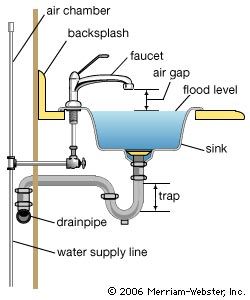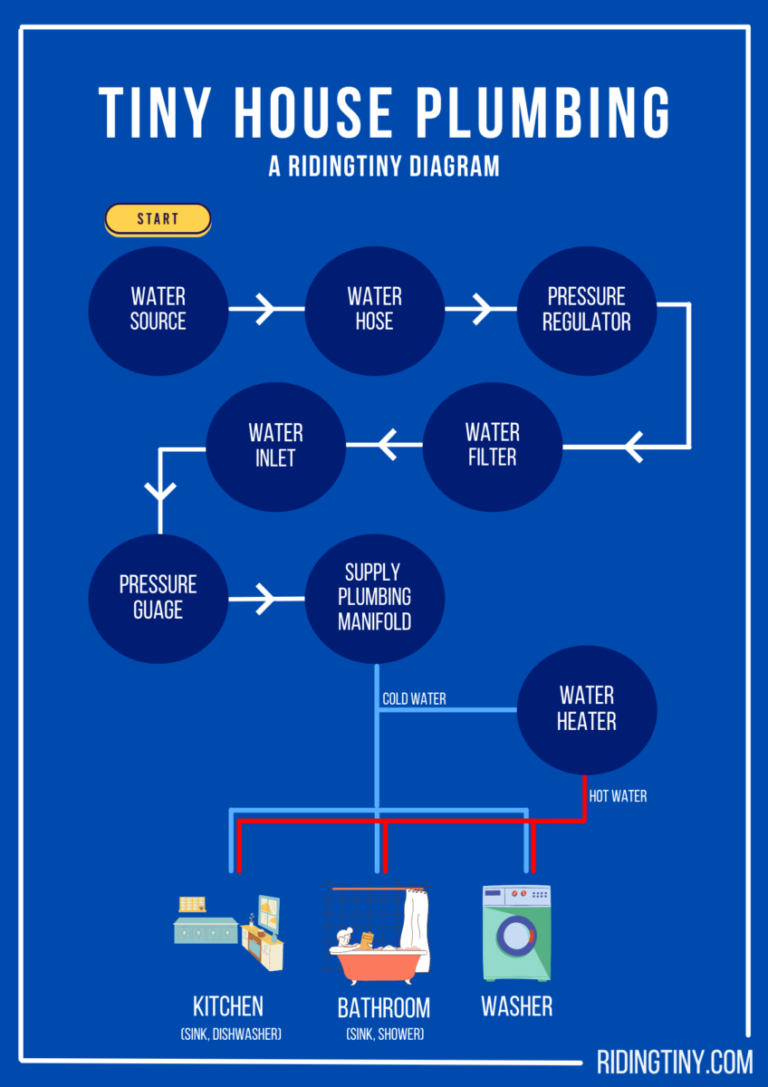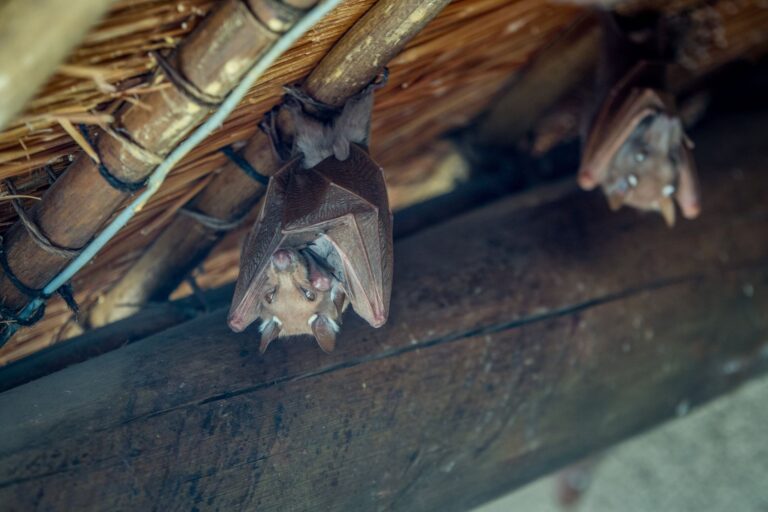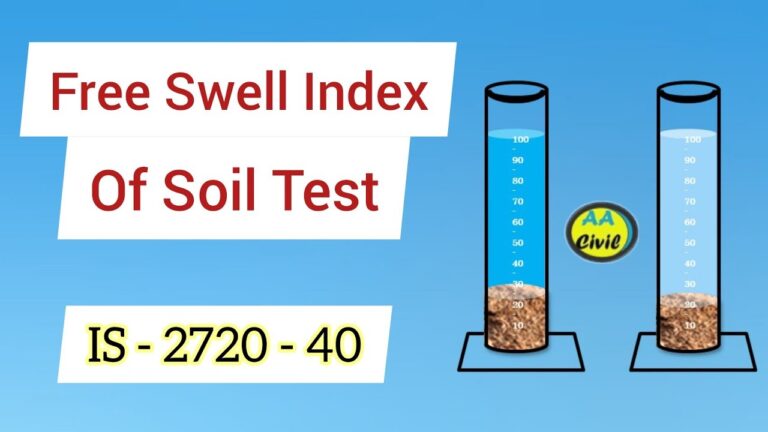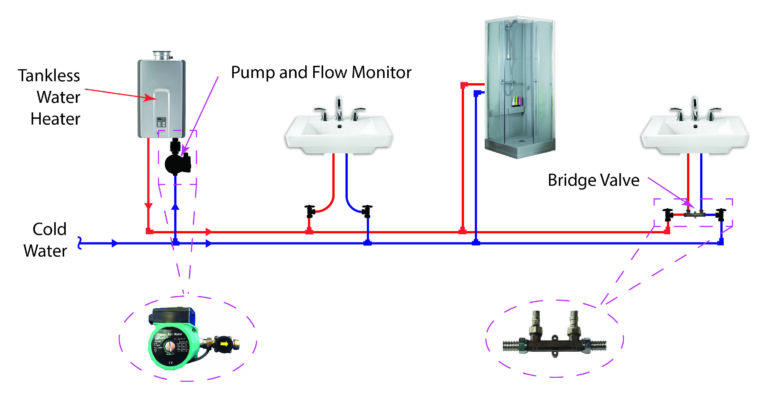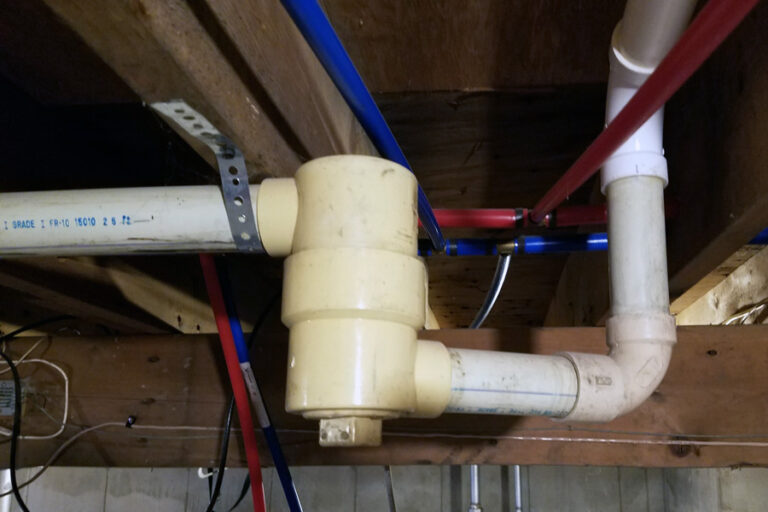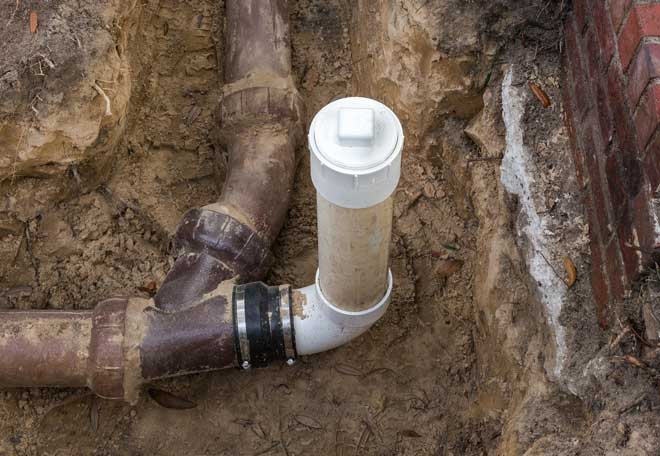What Are The Essential Components Of Plumbing?
Plumbing is a system of pipes, fittings, and fixtures used for the distribution of water and the removal of waste from a building. It is one of the most important parts of a home or commercial building, as it ensures the proper functioning of the water system. The essential components of plumbing include pipes, fittings, fixtures, drains, and valves. Pipes are used to transport water from the water source to the building, while fittings allow for a connection between different pipes. Fixtures are the actual objects that provide the user with the water supply, such as sinks, toilets, and showers. Drains are the components that carry the waste and wastewater away from the building, while valves are used to control the flow of water. All of these components are important in the plumbing system, and must be maintained in order to ensure its proper functioning.
Overview of Plumbing
Plumbing is a vital aspect of any home or building, and is an incredibly complex system of components that work together to provide a safe and efficient way to manage water and other liquids. To understand the basics of plumbing, it is important to become familiar with the essential components that make up this important system. From pipes to fixtures, this overview will provide a comprehensive look at the essential components of plumbing.
Pipes are the foundation of any plumbing system. They are responsible for transporting liquids from one location to another, and come in a variety of sizes and materials. Copper, plastic, and steel are some of the most common types of pipes, and the type of material used will greatly depend on the application.
Fixtures are the second most important part of any plumbing system. These pieces of equipment serve many purposes, ranging from controlling the flow of water to providing an outlet for waste. Common fixtures include sinks, toilets, bathtubs, and showers.
Valves are a crucial component of a plumbing system, as they are responsible for controlling the direction and flow of water. There are a variety of valves available, depending on the application, such as gate valves, shut-off valves, and pressure-reducing valves.
Finally, there are fittings that are used to connect pipes to fixtures and other components of the system. These fittings come in a variety of materials and sizes, and range from simple couplings to complex manifolds.
These are the essential components of a plumbing system, and understanding how they work together and the purpose they serve is essential in maintaining a properly functioning plumbing system. By familiarizing yourself with these components, you can ensure that your plumbing system is running properly and efficiently.
Types of Plumbing Components
Plumbing is an essential part of any property, providing clean water and removing waste and other unwanted materials from the home or building. It is important to understand the different components that make up a plumbing system in order to ensure that it is functioning properly and is up to code. This article will provide an overview of the essential components of plumbing and their respective functions.
The primary component of any plumbing system is the pipes. These are used to connect the various fixtures within the property, such as sinks, toilets, and showers, to the main water supply. The pipes are available in different materials, such as copper and PVC, and can be installed in a variety of configurations depending on the specific needs of the property.
Fixtures are the second essential component of plumbing. These are the devices that are used to control the flow of water and waste, such as faucets, showerheads, toilets, and drains. Fixtures can be installed in a variety of locations throughout the home and are generally made of metal, plastic, or porcelain.
Valves are the third essential component of plumbing. These are used to control the flow of water either manually or automatically. They can be used to control the flow of water between fixtures, as well as to allow for the repair or replacement of plumbing components.
Finally, plumbing also requires the use of various fittings to connect the various components of the system together. Fittings are used to join pipes, fixtures, and valves, and can be made of metal, plastic, rubber, or other materials depending on the specific needs of the system.
By understanding the various components of a plumbing system, homeowners and property owners can ensure that their system is functioning properly and is up to code. With the right components in place, plumbing systems can provide years of reliable service.
Importance of Quality Plumbing Components
Plumbing is an essential part of any household, and it is important to ensure that the components used are of the highest quality. Quality plumbing components can help avoid costly repairs and ensure that the plumbing system operates efficiently. Quality plumbing components are made from materials that are durable and resistant to corrosion. Quality plumbing components are also designed to fit together securely, preventing water leaks and other plumbing problems. Quality plumbing components are also designed to stand up to the pressure of the water system, and to resist damage caused by extreme temperatures. Quality plumbing components are essential for a reliable and long lasting plumbing system. They can help to prevent unexpected repairs and ensure that the plumbing system works as it is meant to. Quality plumbing components are also an investment in the future, as they can help to extend the life of the plumbing system and reduce the amount of maintenance required over time. Investing in quality plumbing components is a wise decision.
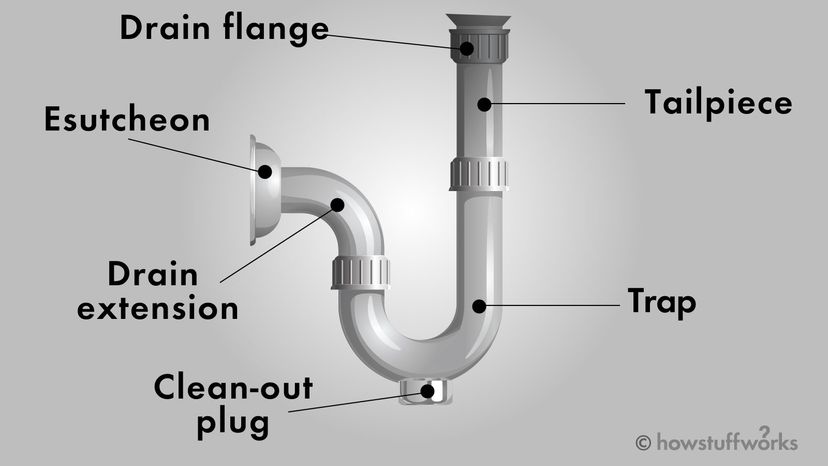
Maintenance and Troubleshooting of Plumbing Components
Plumbing is an important part of any home or commercial building. It is a complex system of pipes, fixtures, and valves that provide water and remove waste. Plumbing components need to be maintained and properly installed to ensure the system works correctly and safely. Maintenance and troubleshooting of plumbing components are essential for keeping a plumbing system running smoothly and efficiently.
Maintenance of plumbing components should include regular inspections and cleaning. Inspections should look for signs of wear and tear, such as leaks, cracks, or clogs. Cleaning should involve removing debris and using a non-abrasive cleaner to remove soap scum, dirt, and mineral deposits. Also, it is important to check for loose connections and make sure the pipes are properly sealed.
Troubleshooting plumbing components can be difficult, as they often involve complex and specific processes. Common problems include clogs, leaks, and low water pressure. To troubleshoot these issues, professional plumbers use tools such as augers, snake cameras, and water pressure gauges. Additionally, plumbers may need to use specialized chemicals and tools to remove buildup, clear clogs, or make repairs.
In conclusion, maintenance and troubleshooting of plumbing components are essential for keeping plumbing systems running smoothly and efficiently. Professional plumbers should be consulted to properly inspect, maintain, and troubleshoot plumbing components. Regular maintenance and troubleshooting can save time and money, and it can also help to prevent more serious plumbing problems from occurring.
Cost Considerations for Plumbing Components
When it comes to plumbing, cost considerations are essential. Many homeowners mistakenly believe that plumbing components are the same regardless of the brand they buy. This is not true. Different manufacturers offer different features, durability, and quality, and these factors will all influence the price. As such, it is important to understand which components are needed for a particular plumbing project, as well as what these components cost.
Before selecting a plumbing component, it is important to understand what its purpose is. Different components are designed for different applications. For example, a drain pipe may not be suitable for a water heater, and vice versa. Knowing the purpose of each component will help narrow down the selection and ensure the most cost-effective option is chosen.
In addition to understanding the purpose of each component, it is important to research the quality and durability of the parts. Different brands offer different levels of quality and durability, so it is important to compare them before making a purchase. This will help to ensure that the components chosen are reliable, long-lasting, and cost-effective.
Finally, the cost of labor should also be taken into consideration. Depending on the size and complexity of the plumbing job, the cost of labor may significantly increase the overall cost of the project. As such, it is important to factor in labor costs before making a purchase.
Overall, cost consideration is an essential component of plumbing. By understanding the purpose of each component, researching the quality and durability of different brands, and factoring in labor costs, homeowners can ensure they are making the most cost-effective choice for their particular plumbing project.
The Future of Plumbing Components
Plumbing is one of the most essential components of modern life. It is responsible for providing clean water, disposing of wastewater, and ensuring that our homes remain safe and healthy. As technology advances, the plumbing industry is also evolving to meet ever-changing demands. From smart fixtures to water-saving products, advances in plumbing components are helping to revolutionize the way we live.
The next generation of plumbing components is designed to be more efficient, eco-friendly, and cost-effective. Smart products like automated faucets, showerheads, and toilets are designed to save energy and water, while also providing convenience. Other new products include low-flow showerheads, tankless water heaters, and smart irrigation systems. All of these products are designed to make life easier while also helping to reduce monthly utility bills.
The plumbing industry is also making strides in the use of renewable energy sources. Solar power is being used to power pumps, heaters, and other plumbing systems, while wind turbines are being used to power water purification systems. These renewable energy sources help reduce energy costs and provide a cleaner, more efficient source of energy.
Plumbing components of the future will continue to be designed to be more efficient, cost-effective, and eco-friendly. As technology advances, the plumbing industry will continue to develop innovative products that make our homes safer, healthier, and more comfortable places to live.
FAQs About the What Are The Essential Components Of Plumbing?
1. What are the basic components of a plumbing system?
Answer: The essential components of a plumbing system include pipes, fittings, fixtures, valves, and other related accessories. Pipes are used to transport water from the water source to the fixtures. Fittings are used to connect the pipes. Fixtures are used to direct and control the water flow. Valves are used to regulate the water supply.
2. What is the purpose of plumbing?
Answer: The purpose of plumbing is to provide a safe and functional water supply and sanitation system. Plumbing ensures that clean water is delivered to the fixtures and that wastewater is safely removed from the home or building.
3. What are the most common plumbing problems?
Answer: The most common plumbing problems include clogged drains, leaks, low water pressure, and broken fixtures. These problems are often caused by blockages, corrosion, or worn-out parts. Regular maintenance can help prevent plumbing problems and keep your plumbing system functioning properly.
Conclusion
Plumbing is an essential part of modern life. It is the system of pipes, fittings, valves, and fixtures that provide water and remove wastewater from a home or business. The essential components of plumbing include pipes, fittings, valves, fixtures, and water heaters. Each of these components work together to provide a functional plumbing system for a home or business. With the right installation and maintenance, plumbing can last for decades and provide a safe and efficient way of delivering water and removing wastewater.

